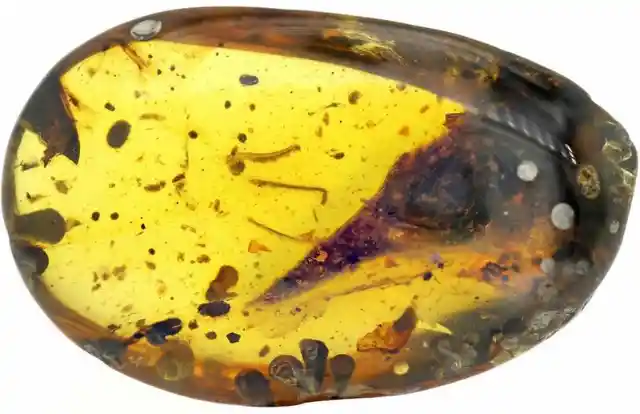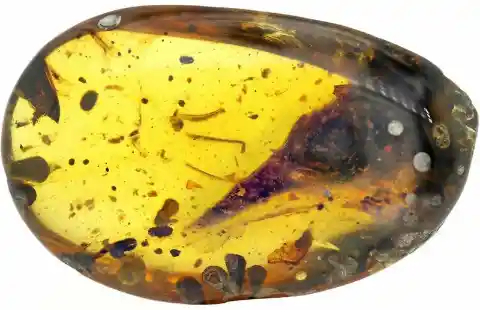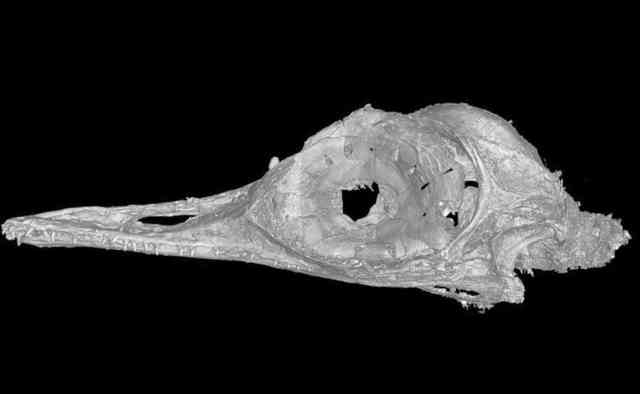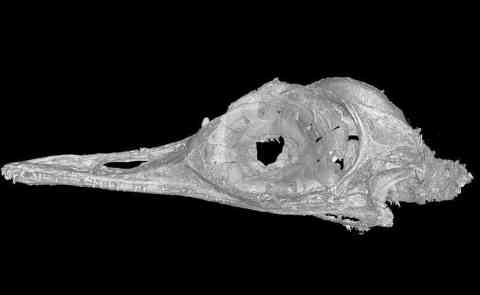Were it not for preserved amber, we’d have lost so many things that we hold dear as part of our society and culture today. We’ve learned a ridiculous amount about our world thousands of years before any of us ever walked the earth – before anything walked the earth, really.


In that time, we’ve managed to find out so much about things like mammals, creatures, and especially dinosaurs. One such dinosaur that we are finding out about today, though, is more or less brand new to science.
It’s also the smallest dinosaur ever to be found.
99 Million Years Discovery
Found in Burmese amber in Myanmar, it’s expected to have been trapped some 99 million years ago. Within the amber, we can find the skull – smaller than the smallest living bird – of what is now known as the “eye-tooth-bird”.


While it might need a catchier name, the Oculudentavis khaungraae has already caused huge conversation within the industry. It’s known for having massive eyes, no shortage of teeth, and all of the hallmarks of being a classic diurnal predator.
Jingmai O’Connor, the lead study author on the discovery from the Chinese Academy of Science and a research associate at the LA Natural History Museum, said:
"Animals that become very small have to deal with specific problems, like how to fit all sensory organs into a very small head, or how to maintain body heat."
The process of miniaturization is often confined to very small, isolated locations and most of the time happens on islands. Sadly, the skull is the only part that we could actually focus on here.
This means that learning how this particular creature relates to other animals is not so easy. Some features are akin to a bird, while others are more like a dinosaur.
O’Connor continued, saying:
"It’s the weirdest fossil I’ve ever been lucky enough to study.. I just love how natural selection ends up producing such bizarre forms. We are also super lucky this fossil survived to be discovered 99 million years later", she said, adding: "Just goes to show the extraordinary circumstances that all need to be just right for fossils to make it into human hands."
Previously, eight ancient dinosaur birds have been found encased in amber.
They are traditionally tiny, with the unique preservation of amber ensuring that we can find items that would previously never fossilize and learn from as a result. That’s why, thousands of years after its time, we can still find out so much about this interesting, unique little creature.
One can only wonder what it would have looked like in its full form.